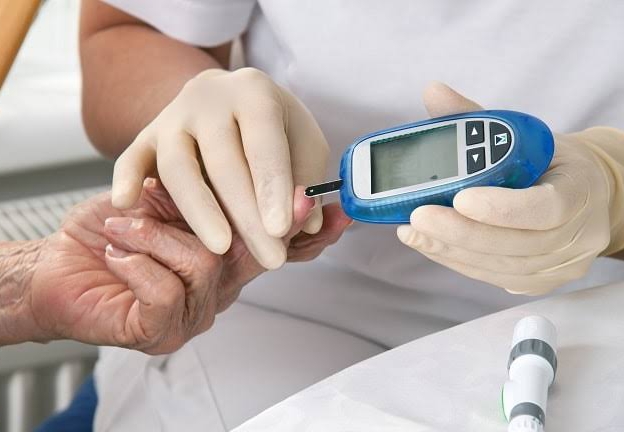Lapsurgery.com.au, Diabetes A Guide – Diabetes is a chronic health condition that affects millions of people worldwide. It occurs when the body cannot properly process glucose, leading to elevated blood sugar levels. This article aims to provide insights into diabetes, its types, symptoms, and management strategies.
Types of Diabetes

Type 1 Diabetes:
Type 1 diabetes is an autoimmune condition where the immune system attacks and destroys insulin-producing cells in the pancreas. People with type 1 diabetes need daily insulin injections.
Type 2 Diabetes:
Type 2 diabetes is the most common form, typically developing in adults. It occurs when the body doesn’t produce enough insulin or cannot effectively use it. Lifestyle changes and medication can manage type 2 diabetes.
Symptoms of Diabetes Common symptoms of diabetes include:
- Excessive thirst and hunger
- Frequent urination
- Fatigue and irritability
- Blurred vision
- Slow wound healing
- Unexplained weight loss
- Managing Diabetes
- Effective management includes:
Healthy Diet
Incorporate balanced meals with low glycemic index foods to regulate blood sugar levels.
Regular Exercise:
Engage in physical activities to improve insulin sensitivity and overall health.
Medication and Insulin:
Take prescribed medications or insulin as directed by your healthcare professional.
Regular Monitoring:
Check blood sugar levels regularly and adjust treatment plans accordingly.
Stress Management:
Practice stress-reduction techniques like yoga, meditation, or deep breathing.
Understanding the types, symptoms, and management of diabetes is crucial for maintaining a healthy lifestyle. If you suspect you have diabetes, consult a healthcare professional for a proper diagnosis and personalized treatment.
Preventing Diabetes
While type 1 diabetes is not preventable, type 2 diabetes can often be avoided or delayed through lifestyle choices. Here are some preventive measures:
Healthy Eating: Focus on a diet rich in fruits, vegetables, whole grains, lean proteins, and healthy fats.
Regular Exercise: Aim for at least 150 minutes of moderate-intensity exercise per week to help manage weight and improve insulin sensitivity.
Maintain a Healthy Weight: Obesity is a significant risk factor for type 2 diabetes. Losing excess weight can reduce this risk.
Limit Sugary Drinks and Processed Foods: High sugar intake and processed foods can contribute to insulin resistance and weight gain.
Risk Factors
Several factors can increase the risk of developing diabetes, including:
Family History: Having a family member with diabetes increases the risk.
Obesity: Being overweight or obese is a significant risk factor for type 2 diabetes.
Sedentary Lifestyle: Lack of physical activity contributes to insulin resistance.
Age and Ethnicity: The risk of type 2 diabetes increases with age, especially after 45 years. Certain ethnic groups are also at higher risk.
The Importance of Regular Check-ups
Regular medical check-ups are vital for individuals at risk of diabetes or those already diagnosed. These check-ups help in:
Early Detection: Routine screenings can detect diabetes or prediabetes early, allowing for prompt intervention and management.
Monitoring Progress: Regular check-ups monitor blood sugar levels, enabling adjustments to treatment plans if needed.
Prevent Complications: Early detection and proper management can prevent or delay diabetes-related complications.
Educational Guidance: Healthcare professionals provide valuable advice on lifestyle changes, diet, exercise, and medication.
Closing
In conclusion, proactive steps such as a healthy lifestyle, regular exercise, and monitoring are key to managing and preventing diabetes. Consult your healthcare provider for personalized guidance and to address any concerns related to diabetes.

